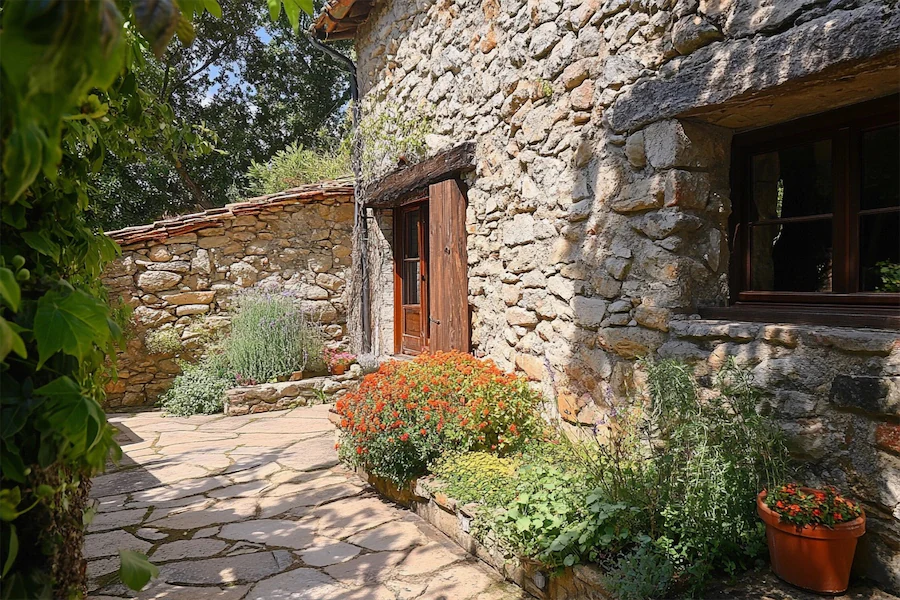Rustic wall design emphasizes natural materials, earthy colors, and a rugged aesthetic to create warm and inviting spaces. This style brings the beauty of the outdoors inside, fostering a sense of comfort and simplicity.
History and Origins of Rustic Wall Design
The rustic design style has its roots in early American architecture, where settlers utilized readily available materials like wood and stone to construct their homes. This practical approach led to interiors that were functional yet exuded a natural charm. Over time, the rustic aesthetic evolved, incorporating influences from various regions and cultures, but it consistently maintained a focus on natural beauty and craftsmanship.
Key Features of Rustic Wall Design
Rustic wall designs are characterized by several distinctive elements:
- Natural Materials: Utilizing materials such as reclaimed wood, stone, and metal to add texture and authenticity to the space.
- Earthy Color Palette: Incorporating colors like beige, brown, and green to mimic the natural environment and create a calming atmosphere.
- Textured Surfaces: Emphasizing rugged textures through elements like exposed wooden beams, stone walls, and distressed finishes to add depth and character.
- Handcrafted Elements: Incorporating artisanal pieces and imperfections that highlight craftsmanship and add a personal touch to the design.
Applications of Rustic Wall Design
Rustic wall designs can be applied in various settings to enhance the ambiance:
- Living Rooms: Installing wood accent walls or exposed brick to create a focal point that exudes warmth and character.
- Bedrooms: Using reclaimed wood paneling or stone features to foster a cozy and tranquil retreat.
- Kitchens: Incorporating natural materials like wood and stone to add warmth and authenticity to the space.
Considerations When Choosing Rustic Wall Treatments
When selecting rustic wall treatments, consider the following:
- Material Quality: Opt for high-quality, durable materials that will age gracefully and maintain their appeal over time.
- Balance: Ensure a harmonious blend of rustic elements with modern amenities to prevent the space from feeling outdated or overly rugged.
- Maintenance: Be mindful of the upkeep required for natural materials, as some may need regular care to preserve their appearance and integrity.
Conclusion
Rustic wall design offers a timeless approach to interior decoration, emphasizing natural beauty and craftsmanship. By understanding its historical context and key features, one can thoughtfully incorporate this style to create spaces that are both inviting and enduring.
